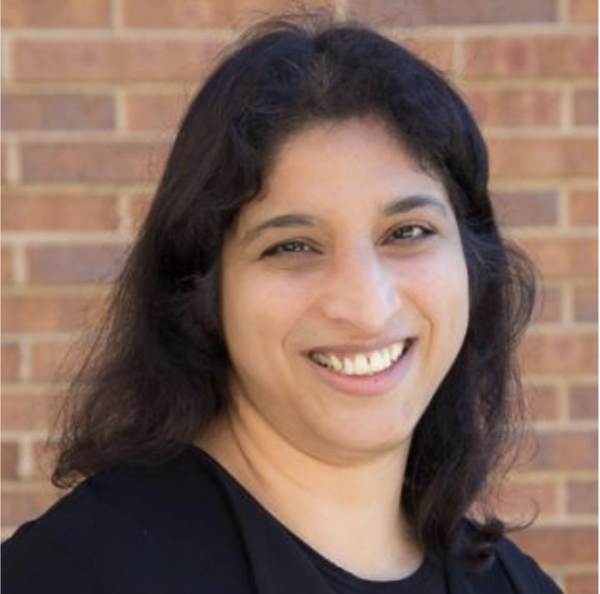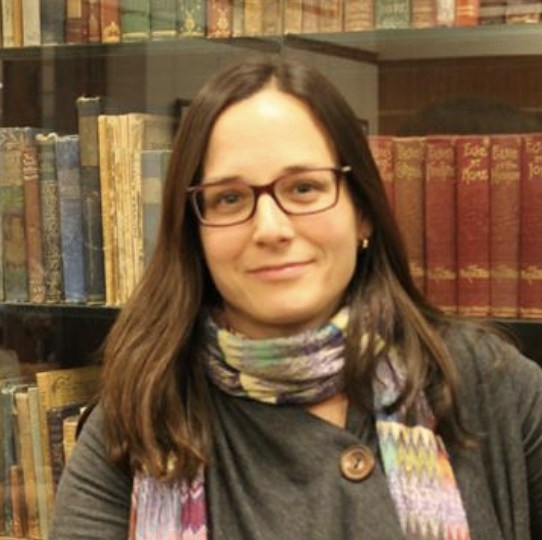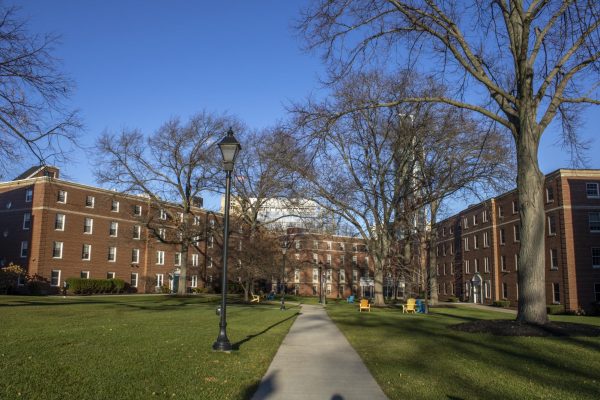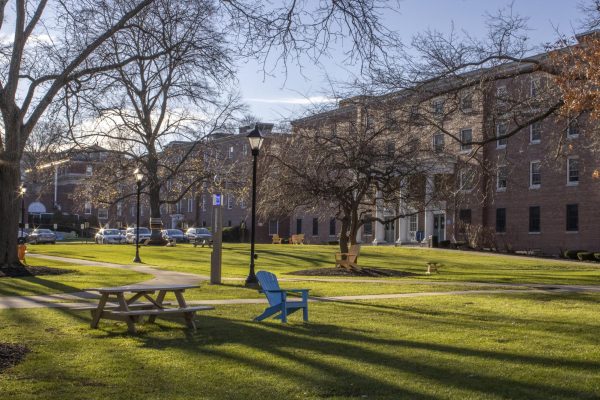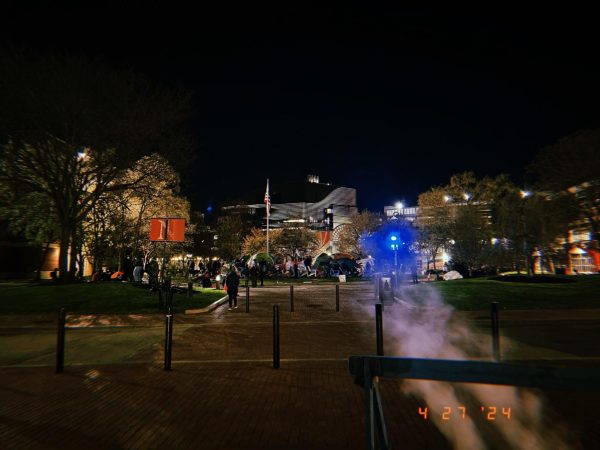Calorie labeling sparks conversation about disordered eating at Simmons
“The current public health challenge is how to send messages that induce more balanced choices––do you give too much information or not enough?”
March 2, 2023
Content warning: This article contains discussion of eating disorders that may be harmful to some readers.
According to the National Eating Disorders Association (NEDA), eating disorders usually begin between the ages of 18 and 21– the average age for a college student. At Simmons, visuals and language in Bartol Hall and The Fens can have detrimental effects on students with eating disorders.
Due to the FDA’s menu labeling requirements, both Bartol Hall and the Fens show the nutrition information for each food item. In response, an anonymous Instagram user sent “I don’t want to see my calorie intake all the time,” to the @simmonsrealconfessions account. Similar comments and posts on the account have agreed, with remarks such as “calories being literally everywhere is so triggering.”
The Voice surveyed 33 students at various universities across the United States, ranging from first-years to current seniors. Of these students, 94% have noticed a change in their eating patterns during their undergraduate careers. Many students also acknowledged that the lack of options makes them unmotivated to eat and that healthier options should be more widely available in college dining halls.
Emma L’Esperance, a current sophomore at Simmons, said “limited options make it hard… the food that is good is not usually healthy,” when asked if college dining selections contributed to the change in their eating patterns.
L’Esperance and 21% of those surveyed sought counseling to facilitate recovery from unhealthy eating habits. L’Esperance called her experience with counseling “not great,” but said switching to a nutritionist made her recovery process better.
Dr. Lisa Brown has served as the Director of the Dietetic Internship Program at Simmons since 2015. When asked if calories shown in the dining halls are helpful versus harmful for students, Dr. Brown said it depends on the student.
“Some use the information to make healthy decisions, others interpret it harmfully… the current public health challenge is how to send messages that induce more balanced choices––do you give too much information or not enough?” said Dr. Brown in an interview with the Voice.
Simmons students have resources available to them if they struggle with disordered eating patterns. The on-campus dietitian, Marissa Johnson, has expertise in treating eating disorders. Wellness Ambassadors also work in conjunction with dietetic interns.
Dr. Brown also said that the biggest unresolved issue regarding unhealthy eating habits is people serving as bystanders as someone close to them engages in disordered eating; 36% of those surveyed said that the people around them have noticed a change in their eating patterns.
Dr. Brown also acknowledged that some students may not know what to do when they see a friend struggle with disordered eating. “The person seeing someone else struggle can anonymously reach out to see how they can support, but they can’t force anyone into treatment,” said Dr. Brown.
Eating disorders, however, are treatable––over half of those diagnosed with eating disorders make a full recovery.
Dr. Brown said that being a shoulder to lean on is an essential role for friends of those struggling with disordered eating. “Eating disorders are isolating, it’s important to have someone there for support when the person struggling is ready, and even before,” said Dr. Brown. “Stay close by, and know you’re doing the right thing.”






